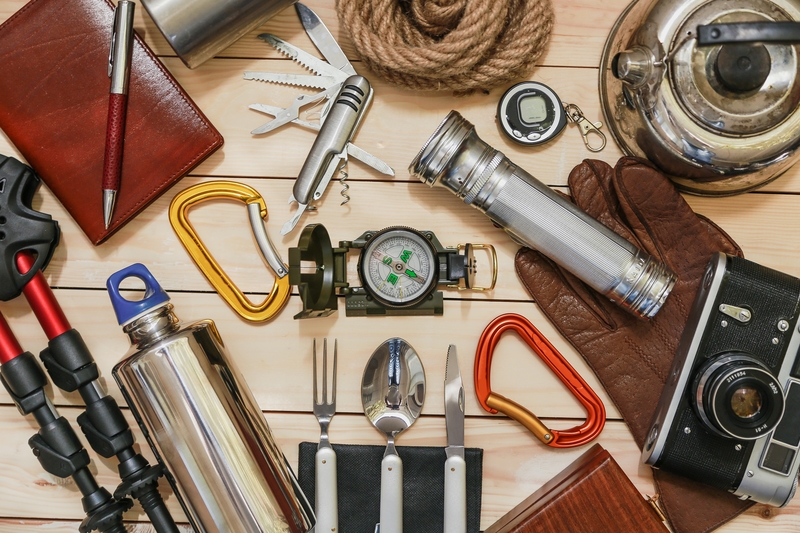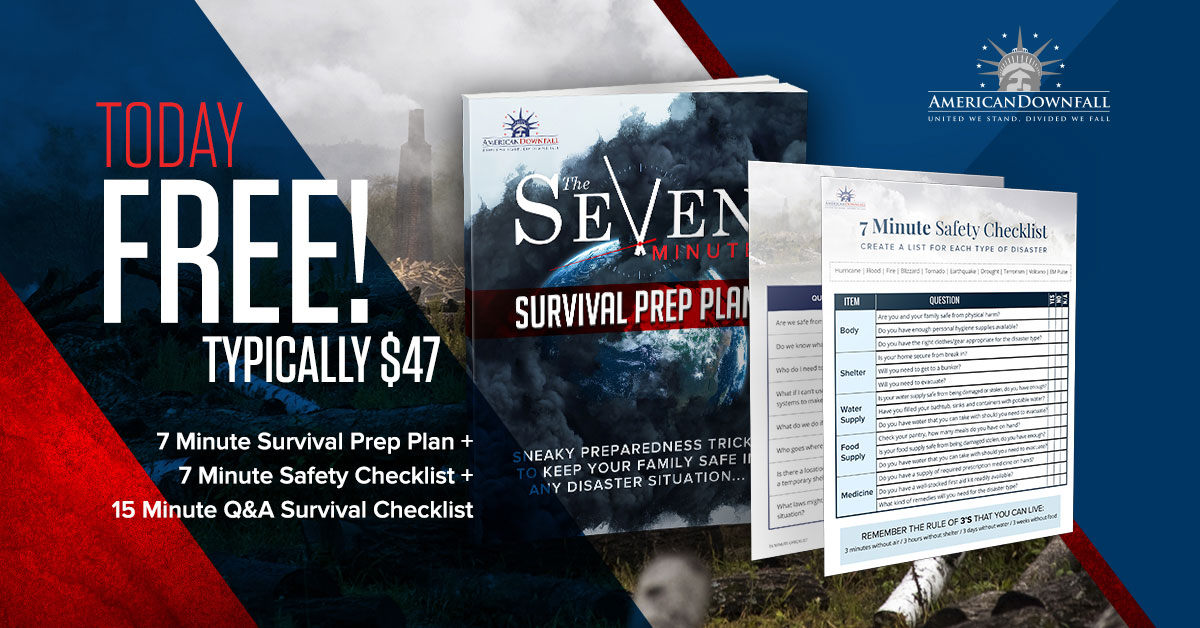When putting together an EDC kit, it can sometimes be difficult to tell the difference between selecting an item because it could really be useful, and selecting an item because it’s really, really cool.
To start, ask yourself some questions as you contemplate each possible item.
Will this tool be helpful in the region I live in?
Example, an ice pick is probably going to be of less use in a tropical or desert region.
How many functions are included with this tool?
Double check to see how many different uses you can get from a single item.
Is the tool tried and tested?
Check on an item’s return policy, this way you’ll be able to test a tool out and determine if its durable enough. Preferably you’ll want to do this before you find yourself in a survival situation.
How does the cost compare to the quality?
Most of the time you get what you pay for. But it is also possible to find a good deal on a quality item. Do your research and compare reviews for differently priced items to see how they stack up to cheaper versions. Then, wait for a sale or other promotion to get the best possible item for your budget.
Is there anything comparable that would be lighter or easier to carry?
Remember, when it comes to EDC set-ups, smaller and lighter is the goal, not bigger and bulkier. Shop around and compare sizes versus weight.
Will the tools included give me a better chance of survival?
While it may be convenient in day to day like to have a set of nail clippers, a bottle opener, and a spoon handle, when you are stuck in the middle of nowhere and need to cut some vines for cordage or drive a stake in for shelter support, these aren’t going to be as handy.
The Most Common Everyday Carry Build Mistakes
To help ensure you don’t make some of the common mistakes a novice EDC builder often does, here are some things you need to avoid doing to yourself.
Taking on Too Much
You would think at this point it would be obvious to avoid weighing yourself down with extras but, like a kid packing his toys for a vacation trip, it all may seem like something you can’t live without, but most of it probably it.
Being a Cheapskate
A good deal in the store may end up being a deal breaker in an emergency situation. Invest in quality products that you know you can count on.
Relying Completely on Battery Operated Items
Yes, a cell phone, flashlight, and GPS can be handy, but what if they stop working? Or, what if they don’t work at all because you forgot to check the batteries before you left and didn’t grab spares?
Good substitutes for these are an emergency whistle, a compass, and a hand-crankable light.
Forgetting to Take Care of Your Supplies
Good knives and other items need consistent care to keep them usable. Over time, some items, especially metal ones, can corrode from air exposure. Additionally, batteries can get old and wear out so bring your stuff out regularly to make sure its still in tip-top shape.
Not Knowing How to Use a Tool
This particular subject reminds me of the book Wild that was later made into a movie. I haven’t actually seen the movie but I have read the book. During the advent of her hike, she runs into problems such as not realizing the type of fuel her stove takes and having no real idea how to use an ice ax.
She was fortunate enough to be in a situation where she could seek help and information as she progressed.
In a true survival emergency, you are not going to have that luxury.
For some tools, especially ones that have a specific purpose, the technique to successfully use them may be more complicated than you realize.
Make sure you take the time to learn exactly how everything works before you find yourself needing to.



